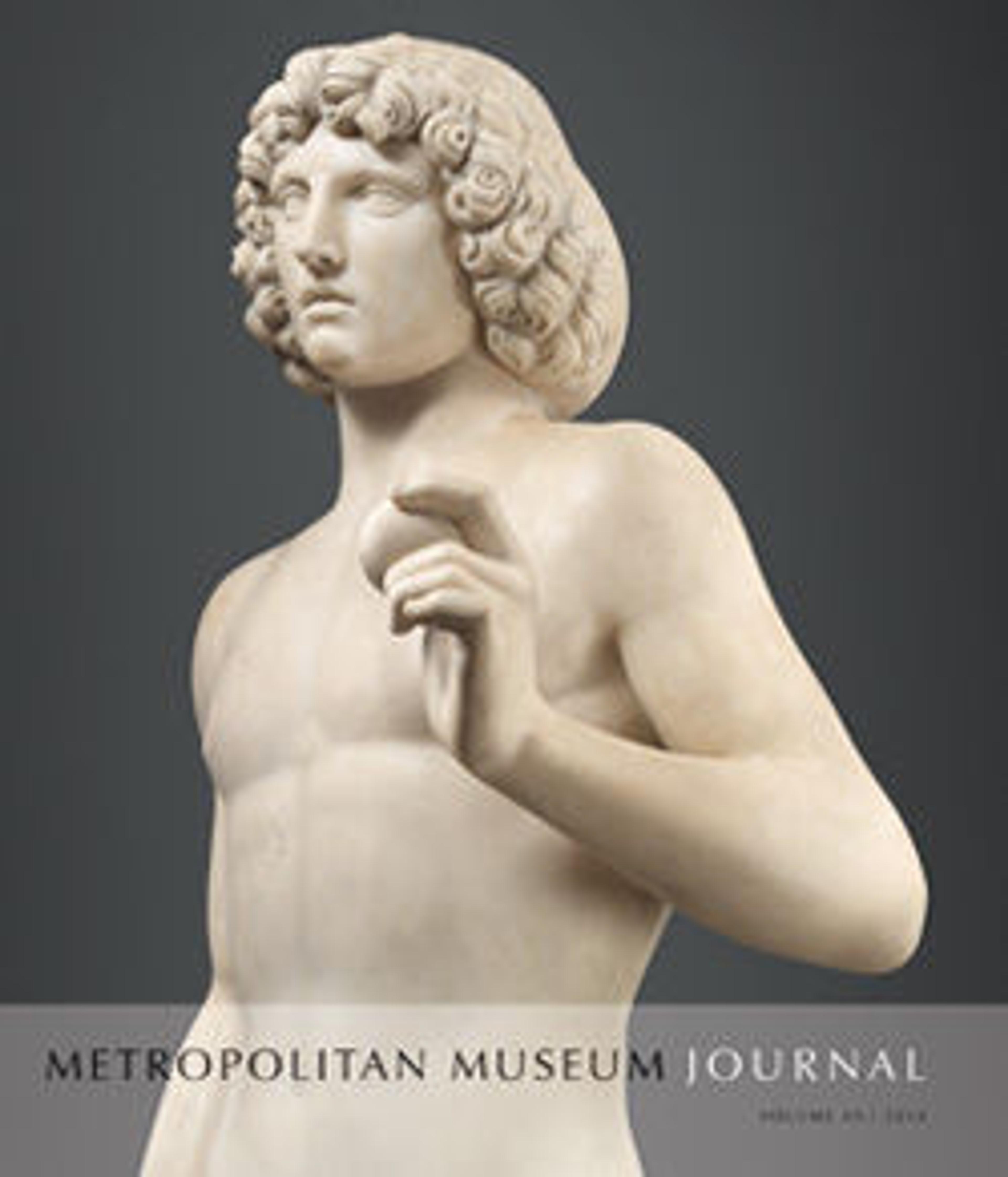Marble grave stele of Antigenes
Attic grave monuments of the end of the sixth century B.C. tend to be simpler than their earlier counterparts. In particular, the sculpted finials in the form of sphinxes are replaced by palmettes that are integral with the shaft. The figures, moreover, may be painted instead of carved in relief. It is enlightening to compare a representation such as this with contemporary vase-painting. The light figure against a darker background is comparable to the red-figure technique in pottery. Indeed, the influence of painted sculpture has been adduced in precipitating the change from black-figure to red-figure.
Artwork Details
- Title: Marble grave stele of Antigenes
- Period: Archaic
- Date: end of the 6th century BCE
- Culture: Greek, Attic
- Medium: Marble, Hymettian (base)
- Dimensions: Other (height reconstructed): 88 1/2 x 25 x 20 in. (224.8 x 63.5 x 50.8 cm)
- Classification: Stone Sculpture
- Credit Line: Rogers Fund, 1915
- Object Number: 15.167
- Curatorial Department: Greek and Roman Art
More Artwork
Research Resources
The Met provides unparalleled resources for research and welcomes an international community of students and scholars. The Met's Open Access API is where creators and researchers can connect to the The Met collection. Open Access data and public domain images are available for unrestricted commercial and noncommercial use without permission or fee.
To request images under copyright and other restrictions, please use this Image Request form.
Feedback
We continue to research and examine historical and cultural context for objects in The Met collection. If you have comments or questions about this object record, please complete and submit this form. The Museum looks forward to receiving your comments.
